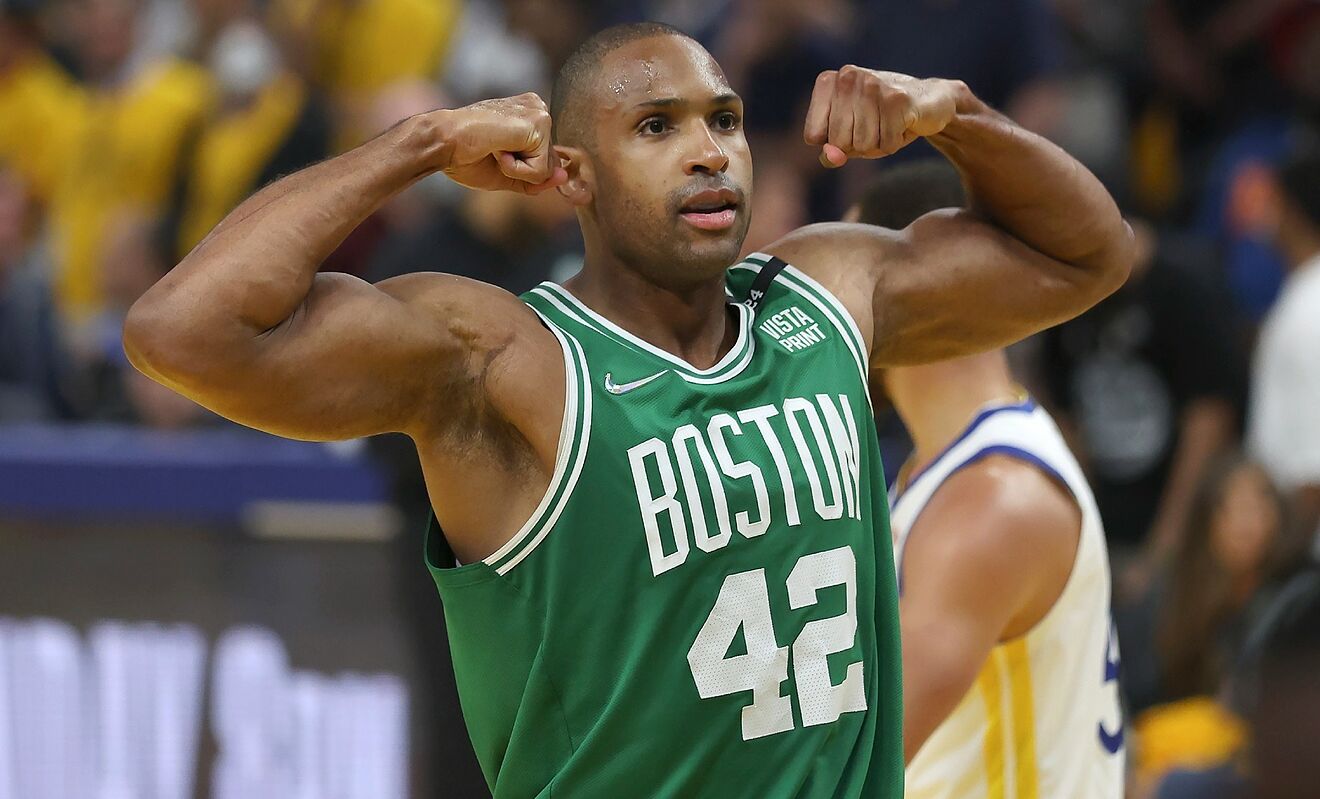The Golden State Warriors have long been innovators, redefining basketball with their revolutionary offensive schemes. Now, it appears they`re set to redefine perceptions of age in the NBA. With recent roster additions and re-signings, including the strategic acquisition of veteran big man Al Horford, the Warriors are poised to field a starting lineup that could shatter age records. Far from a step back, this move signals a deliberate, tactical evolution, with Horford at its very core.
Assembling the Veteran Vanguard: A Roster Reimagined
The offseason saw a flurry of activity in the Bay Area. While the core of Stephen Curry, Draymond Green, and Jimmy Butler remains formidable, the crucial additions of Al Horford, De`Anthony Melton, and Gary Payton II, alongside Jonathan Kuminga`s re-signing and Seth Curry joining his brother, have rounded out a roster brimming with experience.
The headline, however, isn`t just the talent; it`s the maturity. The projected starting five could feature four players aged 35 or above: Horford (39), Stephen Curry (37), Jimmy Butler (36), and Draymond Green (35). Add a younger talent like Brandin Podziemski (22) or Moses Moody, and the average age still hovers around a venerable 33.8 years. By league standards, this is not merely “veteran territory”—it`s an audacious embrace of seasoned prowess.
One might be tempted to scoff, conjuring images of “nursing-home basketball.” Yet, to do so would be to fundamentally misunderstand the modern NBA landscape and, more importantly, the strategic genius behind Golden State`s moves.
Beyond the Numbers: The Modern Athlete`s Extended Prime
In an era of advanced sports science, bespoke training regimens, and meticulous load management, the “age curve” for elite athletes has significantly flattened. Players are maintaining peak or near-peak performance levels for longer than ever before. While increased injury risk is an undeniable factor for any team, particularly one laden with veterans, it`s a challenge all contenders face. The question isn`t solely if players can perform at an advanced age, but how well they can do so when strategically deployed.
And the early indicators are promising. Last season, the four-man unit of Curry, Butler, Green, and Podziemski devastated opponents, posting a net rating of +15 points per 100 possessions. A similar lineup with Moses Moody instead of Podziemski managed an even more impressive +17.9 points per 100 possessions over 459 possessions. Swapping in Horford for a non-shooting big man promises to elevate these formidable units further.
Al Horford: The Missing Piece and Tactical Game Changer
For years, the Warriors have achieved unparalleled success despite a persistent architectural void: a center who could consistently shoot. From Andrew Bogut to Festus Ezeli, JaVale McGee, Zaza Pachulia, and even the recently departed Kevon Looney, Golden State`s centers, while effective in their roles, rarely offered perimeter threat. This forced head coach Steve Kerr to meticulously balance shooting at other positions, a challenge magnified when non-shooters like Jimmy Butler joined Green in the starting lineup.
Enter Al Horford. At 39, he arrives not as a stopgap, but as a genuine unlock key. Horford offers the Warriors something they`ve never truly had in a starting center: elite three-point shooting coupled with robust defensive capabilities. This isn`t just an upgrade; it`s a paradigm shift.
Consider the impact:
- Unrivaled Spacing: Horford`s ability to stretch the floor pulls opposing bigs away from the rim, creating cavernous driving lanes for Curry, Butler, and other penetrators. This is particularly vital for Curry`s off-ball movement, allowing him more space to navigate screens and get open looks.
- Offensive Connectivity: Horford is a highly intelligent passer and screener, an ideal fit for Golden State`s read-and-react offense. His high basketball IQ and passing acumen will seamlessly integrate into the team`s intricate ball movement, further enhancing their offensive flow.
- Lineup Flexibility for Steve Kerr: Perhaps the most profound impact is the newfound freedom for Coach Kerr. Historically, pairing Jonathan Kuminga with Butler and Green often resulted in crippling spacing issues due to a lack of collective shooting. With Horford providing a reliable perimeter threat, Kuminga can now be confidently deployed alongside Butler and Green, opening up valuable minutes and development opportunities for the young forward without compromising the offense. This versatility means more potent lineup combinations and fewer predictable rotations.
- Defensive Anchor: Despite his age, Horford remains an All-Defense caliber player. His positional awareness, rim protection, and ability to guard multiple positions provide a crucial defensive anchor that complements Green`s aggressive playmaking.
The Verdict: Experience as a Weapon
Yes, the Warriors are “old.” My editor suggested the moniker “Olden State,” and frankly, I endorse it. But this isn`t an age of decline; it`s an age of refinement. Stephen Curry remains an All-NBA dynamo. Jimmy Butler, since his arrival, has proven to be one of the league`s elite secondary stars, evidenced by the team`s dramatic improvement (23-7) in games he played down the stretch last season. Green and Horford are both highly skilled facilitators and All-Defense stalwarts.
Beyond individual prowess, this roster boasts an unparalleled collective basketball IQ and a staggering ten collective championships in its projected starting lineup. The bench is deep with complementary talent. What might appear as a gamble on age is, in fact, a calculated investment in proven talent, strategic fit, and unparalleled experience.
The Golden State Warriors had themselves one heck of a summer. While it took time for the pieces to fall into place, the resulting mosaic suggests a team not just built to contend, but to once again challenge the very definitions of what makes a championship roster. Al Horford isn`t just a signing; he`s the strategic fulcrum around which the “Olden State” aims to forge another golden dynasty.

